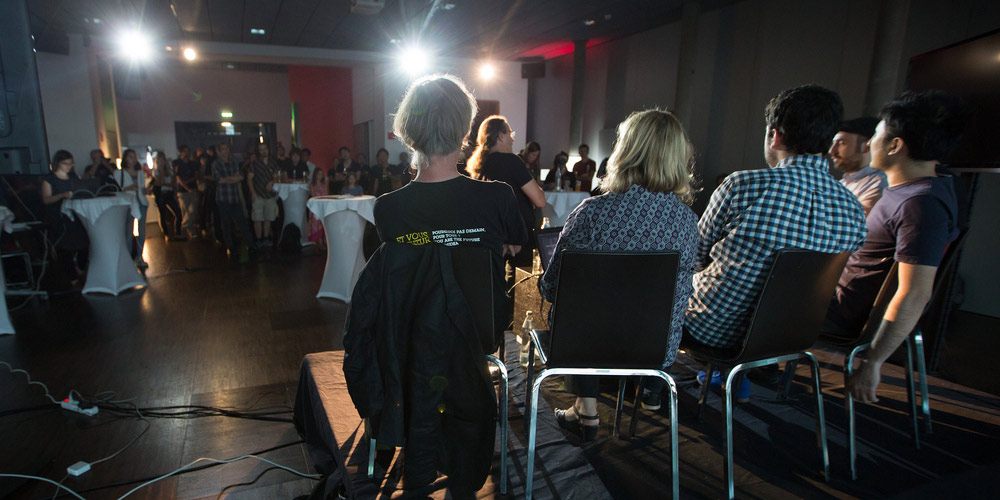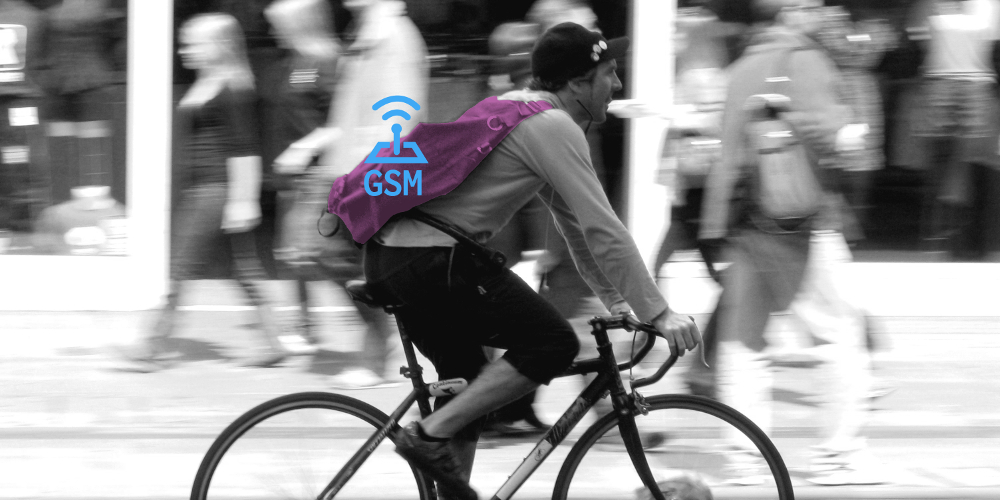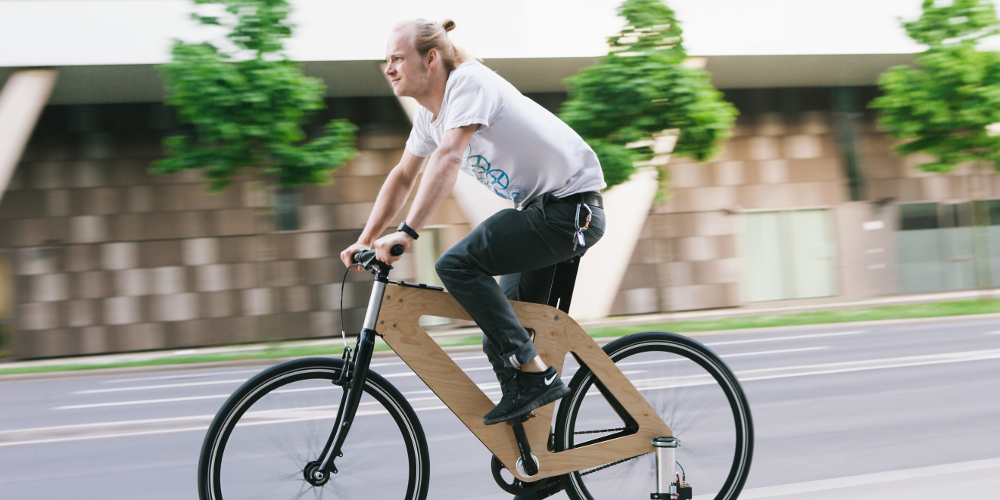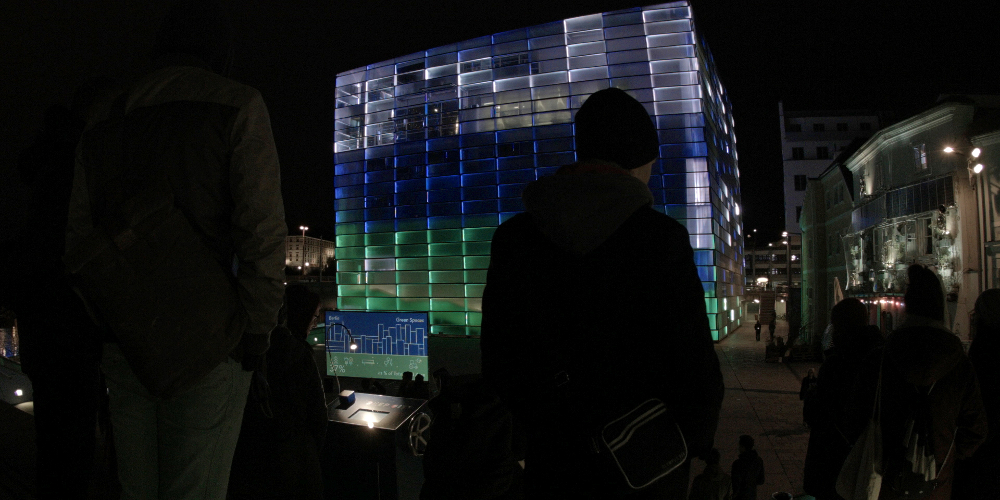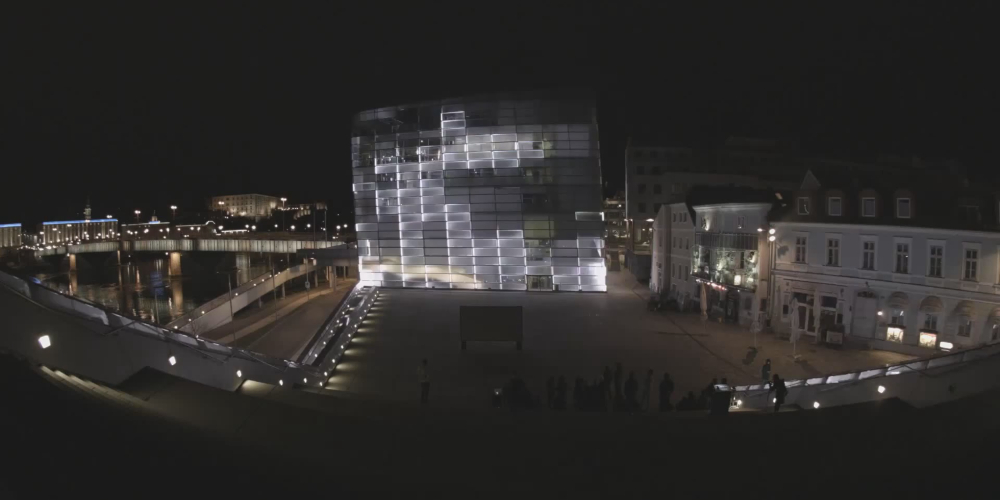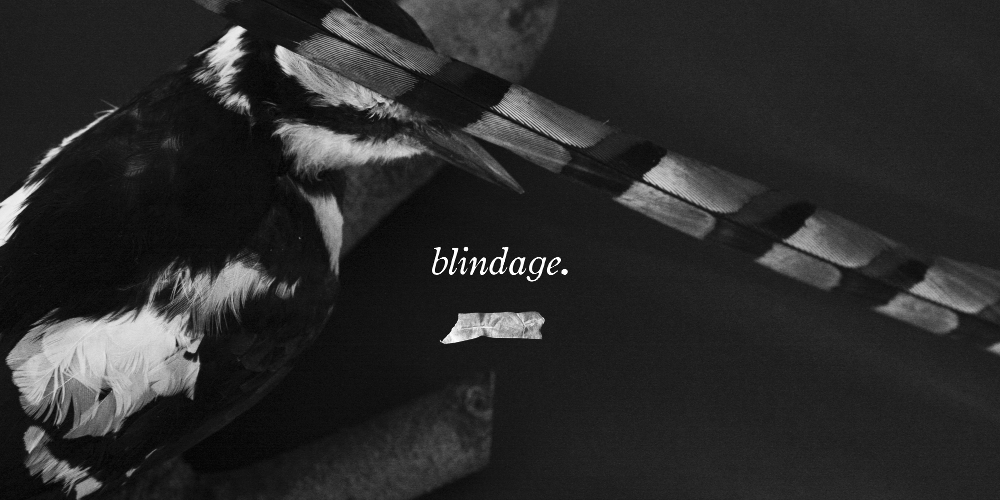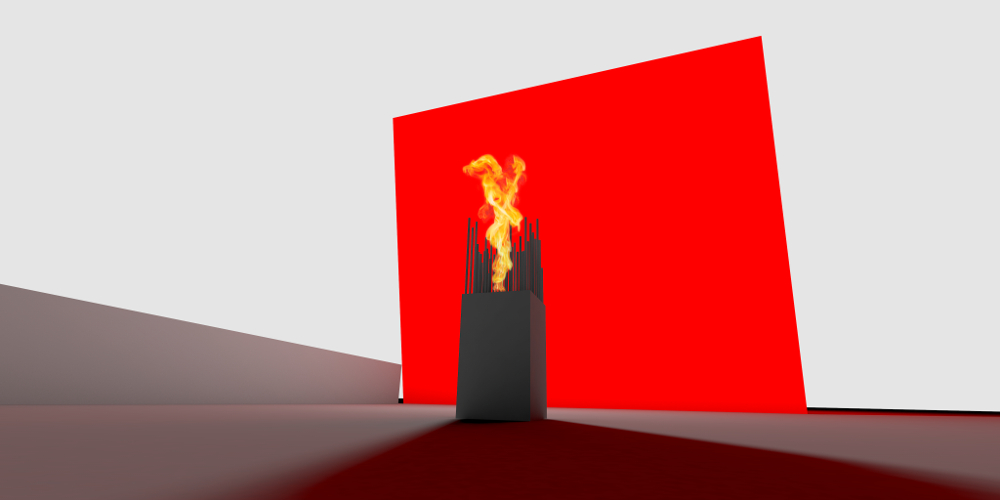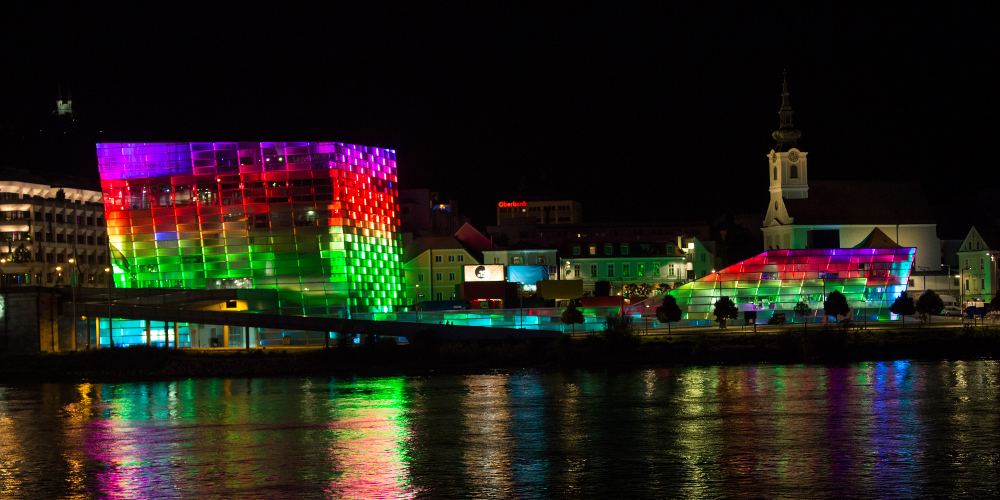
Connecting Cities-Projekte bei Ars Electronica 2015
The Connecting Cities Network (CCN) is a worldwide initiative of cities and institutions in the field of media art and new media. Within the framework of a 4-year artistic research program, the CCN partners link their research and diverse artistic activities since 2012 to investigate the creative potential of urban screens and media façades.
You won’t find popcorn or a big silver screen in POST CITY Kino. What it does have is high-tech. The Zeiss VR One is the first and, at present, only virtual reality headset to combine a stylish contemporary design with world-class precision optics by Zeiss (DE).
Media façades as platforms
In practice, the projects aim to establish urban media façades as open platforms for citizens to engage in participatory city-making processes, to exchange data and experiences, and to create cultural hubs that reach out to others beyond the border of a single city.
In/Visible City
In 2015 within the framework of the In/Visible City topic three partner institutions, Ars Electronica in Linz (AT), FACT in Liverpool (UK) and PAL in Berlin (DE), could host research residencies. In the course of these residencies Ars Electronica Futurelab worked with the residents on generating artistic perspectives on hidden information and interaction. The main topic In/Visible City in 2015 led to exploring the visualization of invisible data streams and open data generated through sensor and data networks on urban media environments. As a result, invisibly generated data becomes visible through artistic scenarios and creates an awareness of the digitalization of our society.
Connecting Cities Events
Above research and artistic production the CCN also aims for exchange and circulation of artistic and socially relevant contents. This mainly happens in form of the Connecting Cities Events where a broad public audience can interact with the commissioned artworks and can experience the artistic research results.
Around the globe
Currently the following cities are part of the constantly growing network: Aarhus (DK), Berlin (DE), Bogotá (CO), Brussels (BE), Dessau (DE), Dortmund (DE), Frankfurt (DE), Guangzhou (CN), Helsinki (FI), Hong Kong (HK), Istanbul (TR), Jena (DE), Linz (AT), Liverpool (UK), London (UK), Madrid (ES), Marseille (FR), Melbourne (AU), Montreal (CA), (DE), Sao Paulo (BR), Sapporo (JP), Sydney (AU), Utrecht (NL), Vienna (AT), Wuhan (CN), York (UK), Zagreb (HR), Zaragoza (ES).
The Connecting Cities Network is supported by the European Union Culture Programme 2007 – 2013. It was initiated by Public Art Lab Berlin (DE) in cooperation with Ars Electronica Futurelab Linz (AT), Medialab-Prado Madrid (ES), FACT Liverpool (UK), Videospread Marseille (FR), iMAL Brussels (BE), Riga 2014 (LV), BIS (Body Process Arts Association) Istanbul (TR), m-cult Helsinki (FI), Media Architecture Institute Vienna (AT) Museum of Contemporary Art Zagreb (HR), University of Aarhus (DK), MUTEK & Quartier des Spectacle/Montreal (CA).
Text credit: Veronika Pauser, Claudia Schnugg, Susa Pop


